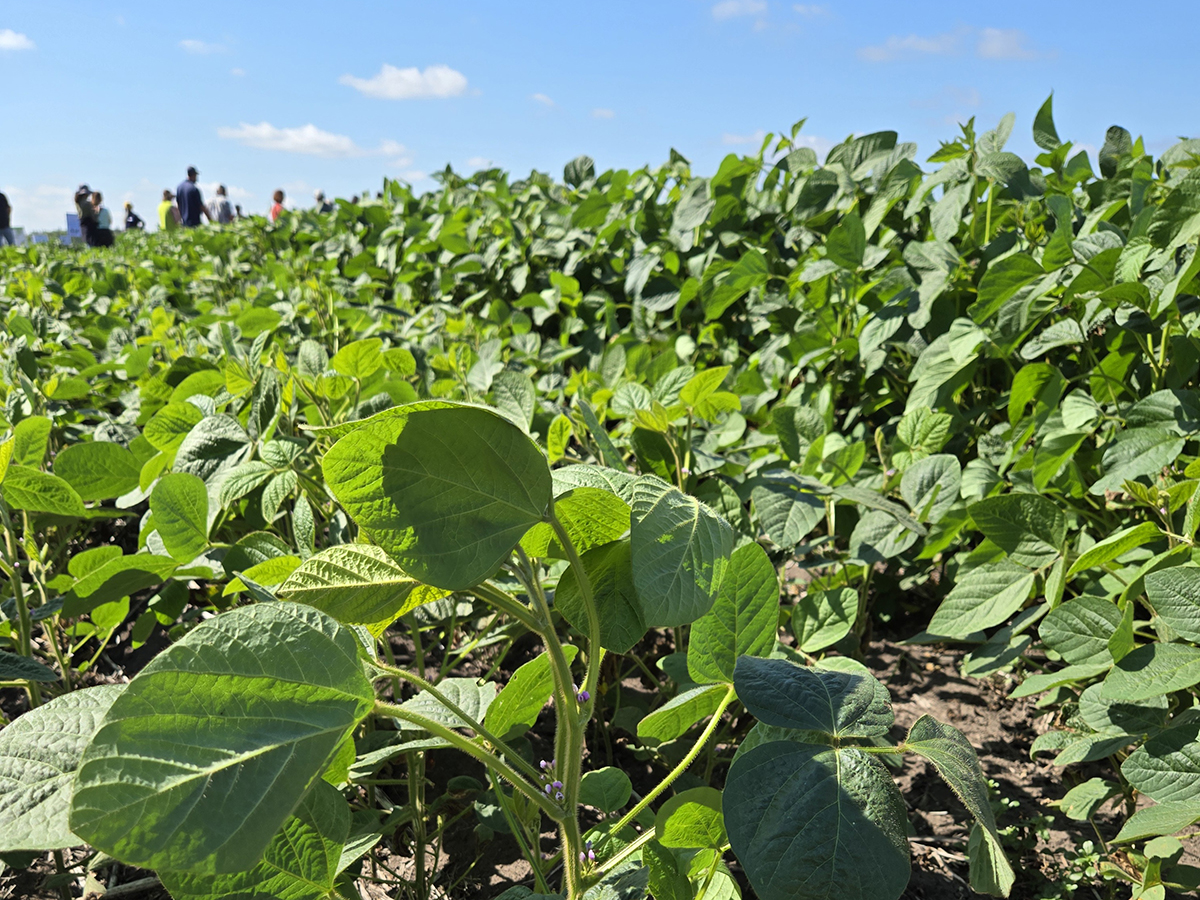Three University of Alberta students were looking for a major project as they neared the end of their undergraduate agriculture degrees.
They had noticed a shortage of comprehensive information about ergot poisoning in livestock and an easy way for growers to evaluate whether grain contained enough of the fungal disease’s black sclerotia to be considered harmful.
Jacob Onyschuk, Shelby Froland and Dani Smerek decided to figure out how to make it easier to measure for toxic levels of ergot in wheat.
“We were actually surprised how hard it was to put all the data together. There isn’t any one-stop-shopping when it comes to ergot information,” said Onyschuk.
Read Also

Spider mites big soybean problem this season
Spider mite issues have been geographically limited but significant where they occur, said John Gavloski, an entomologist with Manitoba Agriculture.
The students have created a simple sample kit that provides producers with a fact sheet and a handy, pocket-sized card that contains the measurement information and allowable tolerance for cattle and hogs at different stages of development and for pullets, laying hens and broilers.
“Farmers will know if their grain is acceptable for the various livestock using the reference card and a one-cup measure,” Onyschuk said.
“Take 25 sample cups and examine each for ergot. We have established the amount that can be tolerated for each (animal) from a sample that size,” he said.
The 6.25 litre sample is large enough to be scientifically sound, while not so large that it is difficult to examine.
The students will submit their project and then plan to make it available in December through the U of A and HiPro, a feed company from Fort Saskatchewan, Alta., which has helped them in the project.
“It’s a tool. Farmers can use it to decide if they have enough (ergot) to be a problem and if they do, how much grain they will need to dilute it,” Onyschuk said.
Ergotism causes animals to go off their feed. It can also result in death, abortions, deformed offspring and lameness.














